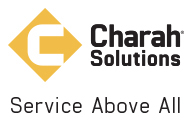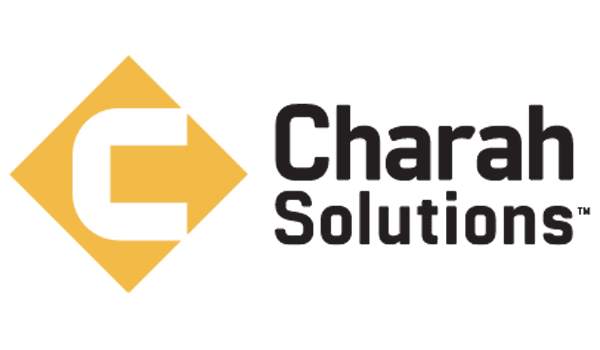SITUATION
When the Asheville Regional Airport needed to rebuild its only runway, instead of shutting down, they decided to build a new taxiway designed to serve as a temporary runway during reconstruction. Partnering with Duke Energy and Charah Solutions, the Airport undertook a massive 85-acre reclamation project using coal ash as structural fill to raise previously unusable land up 40 – 60 feet to airfield elevation for aviation and commercial use.
INNOVATIVE SOLUTIONS
Site Development and Environmental Assessment
In 2009 Charah Solutions initiated site development with an environmental assessment following the ASTM Standard’s Guide for Design and Construction of Coal Ash Structural Fills E 2277-03. Under this guide, Charah Solutions determined the physical and engineering characteristics of the coal combustion products (CCPs), investigated the geologic and hydrogeologic conditions of the 85-acre site, and surveyed for and delineated any pre-existing environmental resources (including jurisdictional streams, wetlands and cultural resources), incorporated the permitting procedures (local, state and federal) for the design and construction of the project, coordinated the design and implementation of erosion, sediment and pollution prevention controls and activities, and followed the testing, engineering and construction practices for CCP engineered fill projects.
State-of-the-Art Design and Construction
Upon completion of Charah Solutions’ environmental assessment, in August 2010 engineering commenced on what the industry would consider a state-of-the-art engineered fill facility. This facility featured environmentally conscious controls such as a comprehensive liner and cap system, leachate collection system and storm water management system.
Initial construction activities included clearing, grubbing and excavation of existing soils to establish the designed subgrade surface. Upon completion of the subgrade surface, Charah Solutions began the installation of the bottom liner and drainage collection systems. The bottom liner system included a compacted in situ clay soil subgrade overlain with a bentonite geocomposite clay liner (GCL) and a 60-mil High Density Polyethylene (HDPE) liner. Both the GCL and HDPE liners act as a barrier layer preventing any CCP material or related moisture to pass through the comprehensive liner system.
Beneficial Use of CCPs
Fill material needed for the project was provided by excavating CCPs from the ash basin located at Duke Energy’s Asheville Steam Station less than three miles away from the Airport. CCPs were excavated using long-reach excavators, specially constructed dewatering methods and traditional excavation techniques then placed in decant stockpiles located adjacent or in the ash basin. The CCPs were then allowed to decant to an acceptable level of moisture for transfer, placement and compaction in the engineered fill at the airport.
CCPs were hauled by dump trucks equipped with tarped beds from the power plant to the fill site. Upon placement, Charah Solutions utilized dozers to spread the CCPs in uniform lifts to meet the specified elevation tolerance of +/-0.25 feet. Compaction of the CCP material was achieved using a vibratory smooth drum roller to achieve the compaction requirement of 95 to 100 percent modified Proctor.
RESULTS
Upon completion of CCP placement, a 40-mil HDPE cap liner was used to encapsulate the material. In addition to the HDPE cap liner, a minimum of six feet of compacted soil was placed across the CCP fill limits at a compaction rate of 98 to 100 percent modified Proctor. This specification met FAA fill placement requirements for the development of utilities, aviation facilities, and infrastructure. While the state regulations did not require the use of a comprehensive liner system or an HDPE cap liner when using CCPs as an engineered fill, Charah Solutions and Duke Energy considered the application of these design elements environmentally responsible and the only method suitable for this project.
This state-of-the art encapsulated beneficial use project, completed in September 2016, saved the airport an estimated $12 million and avoided approximately 3.5 million cubic yards of borrow excavation and additional land disturbance.

